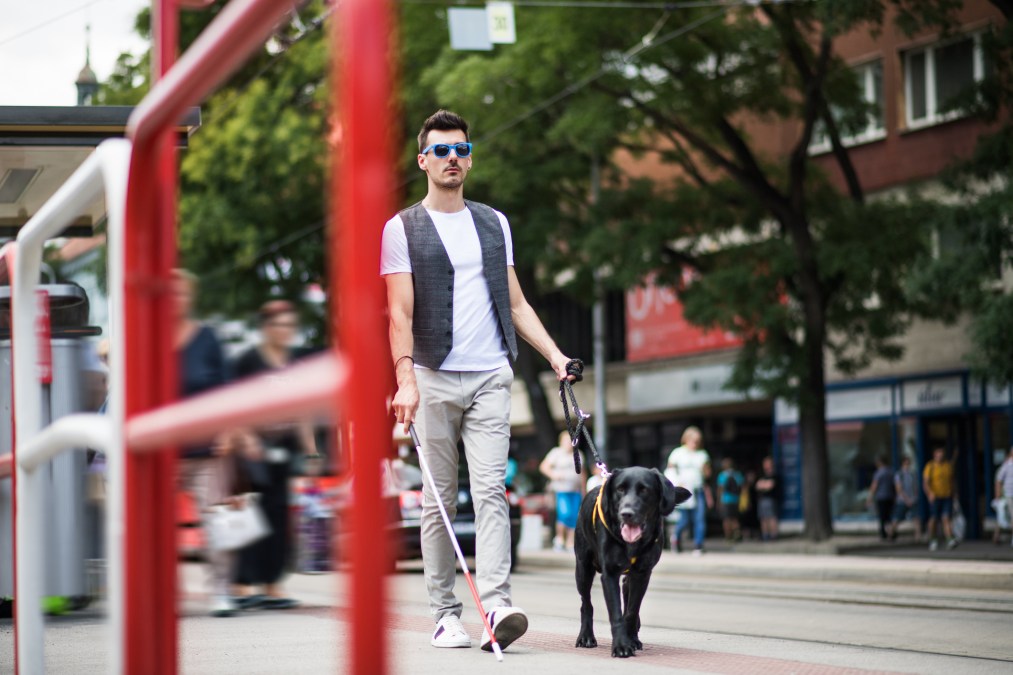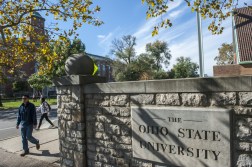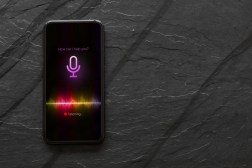Butler U. app will guide visually-impaired students through campus

Students at Butler University in Indianapolis, Indiana, are developing a new mobile application to help their visually impaired peers navigate campus more easily.
Called “Guide Dawg,” the app will support voice commands and announce directions so that blind students can take the best route to and from their classes, as well as avoid any hazards on campus, like construction zones.
“We want to help them go from one place to another by going step by step,” said Panos Linos, a professor of computer science and software engineering at Butler.
Linos and his team of students were first introduced to the idea of a navigation app tailored to the needs of visually impaired students in 2015, when a team of students from Butler’s EPICS program — which helps charity and not-for-profit organizations develop software tools — and the Indiana School for the Blind and Visually Impaired came together to help blind students better maneuver between buildings on ISBV’s campus.
This first version of the app was a success, Linos said, and prompted students to tackle the same challenge facing blind students on Butler’s own campus.
Guide Dawg 2.0, which Linos said will likely enter beta testing this summer, is specifically designed with Butler’s campus and students in mind.
“There is a lot of construction here and expansion on our campus,” Linos said.
To help students avoid or be cautious in these areas, low energy Bluetooth devices called “I-Beacons” will be attached to potential hazards.
“Our app is basically detecting those beacons so when the student approaches a hazardous area, the beacon will warn the student that they are approaching a construction area,” Linos said.
Different than the first version of the app, which required students to click buttons to receive directions, Guide Dawg 2.0 will also support voice commands.
This means that the app will have to learn and adapt to the user’s voice, Linos said, as well as take into consideration the pronunciation of building names on campus.
For example, Butler’s Clowes Hall is actually pronounced “clues.”
“With that, there is a lot of challenges,” Linos said, “[so] we incorporate a little bit of machine learning and adaptive learning to make those algorithms a little bit smarter.”
Linos and his student developers are also working to make the app “device agnostic” so it can run on all types of devices.
Although this initiative and technology in general is not without challenges, Linos said it’s a good thing. From assistive technology, like the Guide Dawg app, to learning management systems and online course delivery, technology is making students’ lives easier, faster and better, he said.
“And the students expect it,” he said. “They expect cutting edge technology to be utilized and facilitate learning.”




